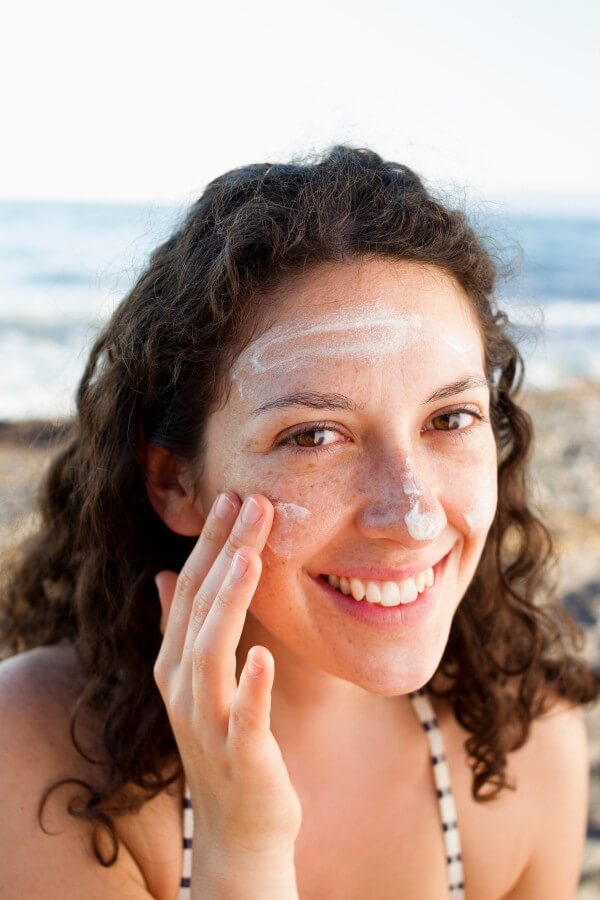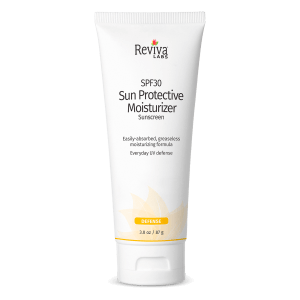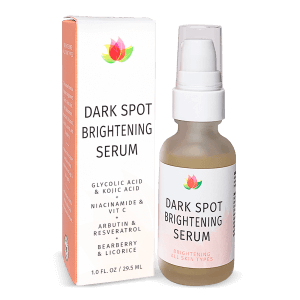Ingredients, Reviva Labs, Skin Care
How To Reapply Sunscreen
The Importance of Reapplying Sunscreen
Understanding how to reapply sunscreen properly is crucial for effective skin protection. Sunscreen acts as a shield against the harmful effects of UV radiation, which includes sunburn, premature aging, and an increased risk of skin cancer. Whether you’re spending a day at the beach or just going for a walk, reapplying sunscreen is essential to maintain its effectiveness throughout the day.
Understanding Sunscreen: Chemical vs. Physical
Sunscreen comes in two primary types: chemical and physical. Chemical sunscreens absorb UV rays through a chemical reaction that converts the radiation into heat, which is then released from the skin. These sunscreens usually contain ingredients like avobenzone, oxybenzone, or octocrylene and tend to be easier to rub into the skin without leaving a white residue. They are ideal for everyday activities like commuting and casual outdoor gatherings due to their lightweight feel and clear application.
Physical sunscreens, on the other hand, use mineral-based ingredients such as zinc oxide or titanium dioxide to physically block and scatter UV radiation before it penetrates the skin. These sunscreens are often recommended for sensitive skin types because they are less likely to cause irritation. Their thicker consistency makes them great for prolonged outdoor activities like hiking or swimming, as they are resistant to sweat and water.
SPF Explained: Choosing the Right Level
SPF, or Sun Protection Factor, measures a sunscreen’s ability to prevent UVB rays from damaging the skin. For example, if you use an SPF 30 product correctly, it means it would take you 30 times longer to burn than if you weren’t wearing any sunscreen. However, higher SPF numbers are not a license to stay in the sun longer. According to the American Academy of Dermatology, an SPF of 30 blocks about 97% of UVB rays, while SPF 50 blocks about 98%. For most daily activities, SPF 30 is adequate, but for more intense or prolonged exposure, such as participating in a marathon or spending extensive time at the beach, SPF 50 or higher is recommended.
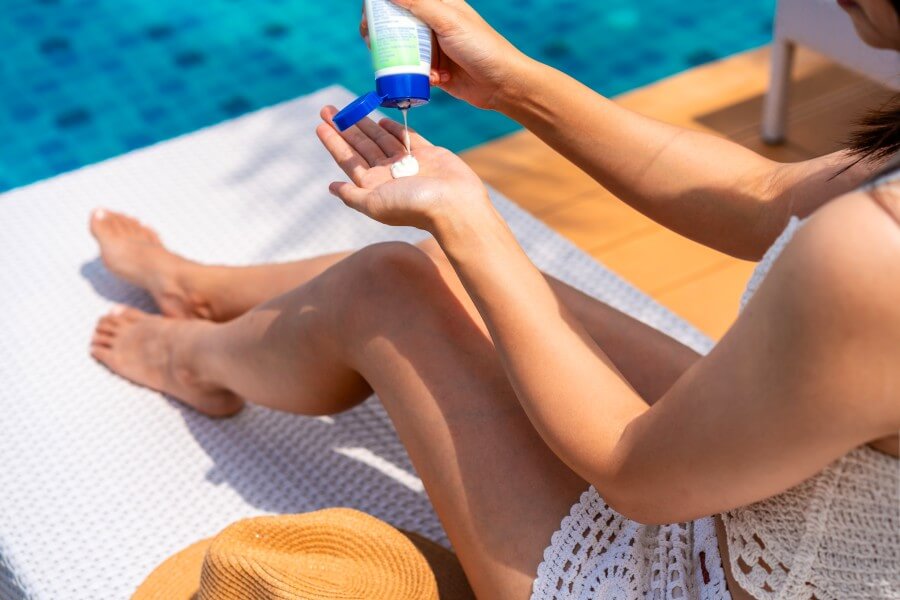
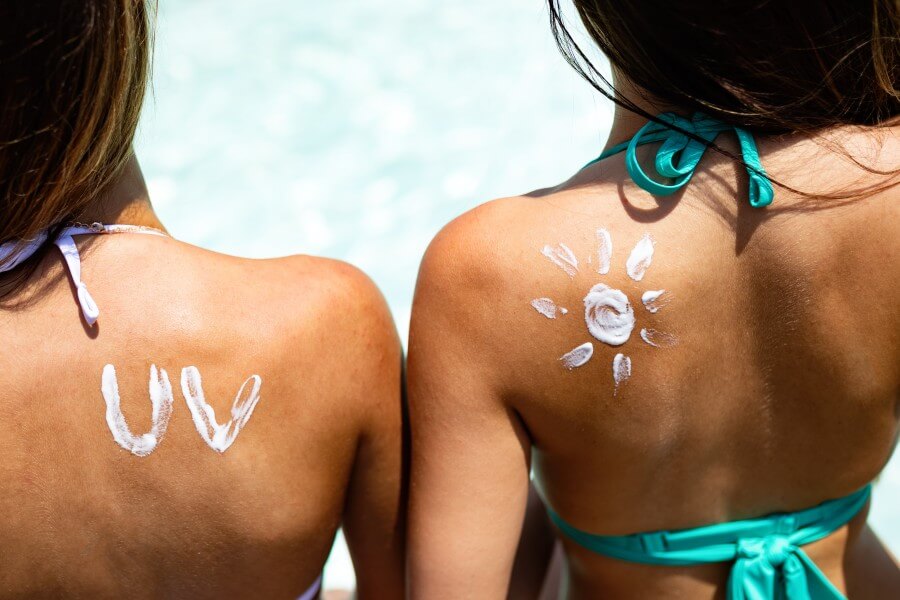

When and How to Reapply Sunscreen
A study published in the Journal of the American Academy of Dermatology found that most people apply only 25% to 50% of the recommended amount of sunscreen which significantly reduces its effectiveness.
For maximum protection, sunscreen should be reapplied every two hours, or more frequently if you are swimming, sweating, or toweling off. A common mistake is using too little sunscreen. A common guideline is the “teaspoon rule,” which advises using approximately one teaspoon of sunscreen to cover the face and neck, and a shot glass full for the body, applied 15 minutes before going outdoors. Don’t forget easily overlooked spots like the tops of the feet, ears, and back of the neck.
Suitable Sunscreen for Various Activities
Choosing the right sunscreen also depends on your planned activities. For water-based activities like swimming or surfing, water-resistant sunscreens with a high SPF are crucial. They are designed to maintain their SPF protection for a certain period while you are in the water, typically for 40 or 80 minutes, as indicated on the label. Be sure to reapply immediately after drying off. For sports activities, such as running or cycling, a sweat-resistant, broad-spectrum sunscreen is advisable. A broad-spectrum sunscreen ensures protection from both UVA and UVB rays while resisting the breakdown from sweat.
Physical sunscreens are often favored for everyday activities, such as walking or short outdoor tasks, because they provide immediate protection and are less likely to cause skin irritation. However, they can rub off more easily than chemical sunscreens, so reapplication is necessary after towel drying, sweating, or extended sun exposure.
For winter sports enthusiasts, a physical sunscreen might be preferable as it can provide a layer of protection against the reflective snow and harsh conditions.
The Long-Term Benefits of Regular Sunscreen Use
Regular and correct use of sunscreen can significantly reduce the cumulative effects of sun exposure, which includes not only sunburn but also the risk of developing skin cancer. Consistently reapplying sunscreen can help protect against these long-term damages and maintain healthier, younger-looking skin.
For those who spend long hours at the office but occasionally step out for lunch in the sun, a moisturizer or foundation with SPF can serve dual purposes. On days when outdoor activities are planned, layering products with SPF—such as a base layer of a physical sunscreen followed by a chemical sunscreen—can provide the strong protection needed throughout the day.
By choosing the appropriate type of sunscreen, and reapplying it adequately, you can enjoy the sun safely and protect your skin from its harmful effects. Here’s to enjoying the sunny days responsibly!



